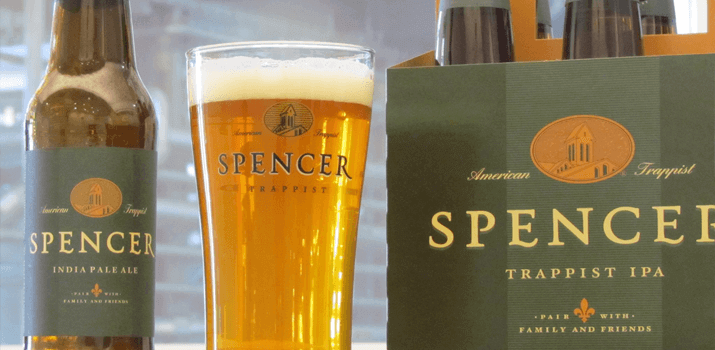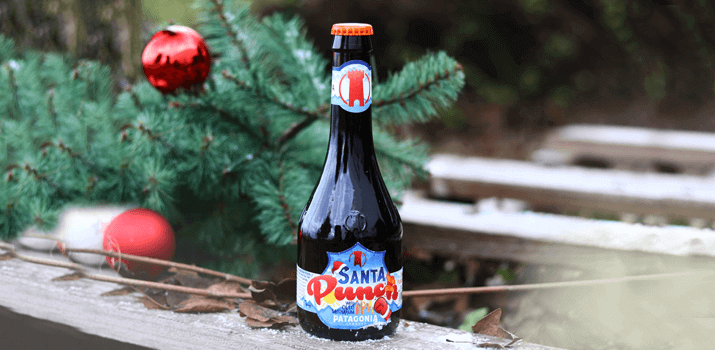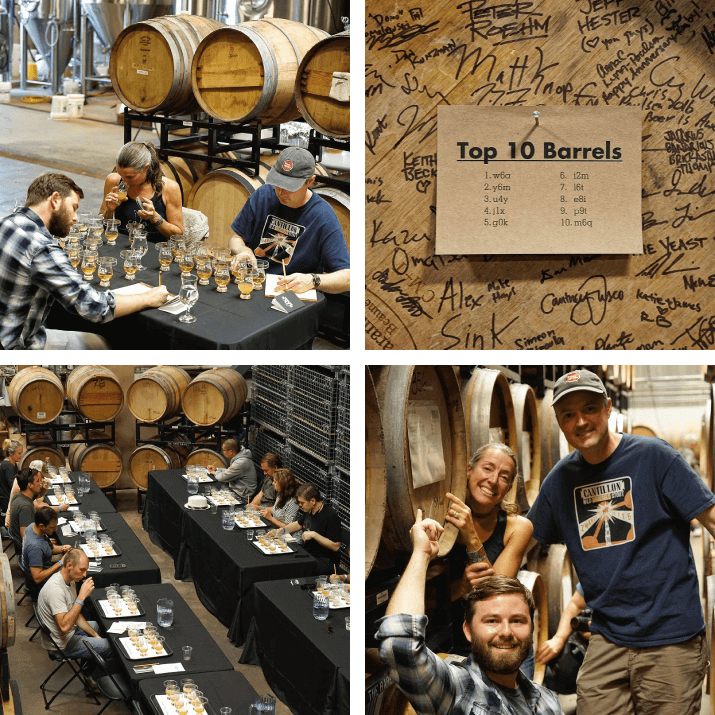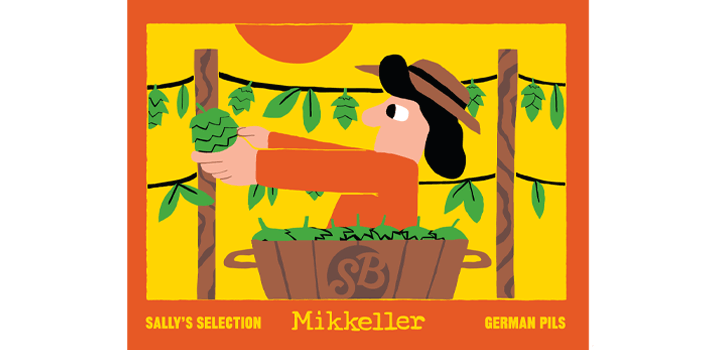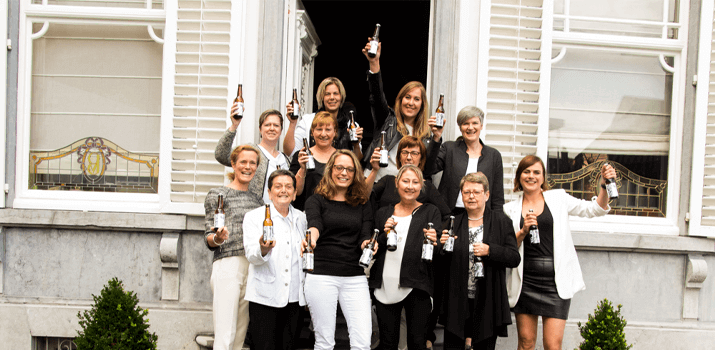A Visit to Bamberg's Famous Schlenkerla
It's 10 am. We walk under the solid timbered doorway and into the Schlenkerla brewpub in Bamberg's historic old town. I'm with a fun group of new beer friends who are on a tour through parts of Germany with Owen Ogletree of Brewtopia fame. Morning beers have been served for 30 minutes now, accommodating those popping in for a quick one on their way to work. We pass through a series of rooms under oppressively dark beams responsible for holding up a building which has existed in various forms since about 1310.
Each room is tastefully decorated, a nod to the conservative traditions of Bamberg. Deep, dark wood trims the walls, ceilings, floors and even tables in every nook and cranny. The main room, the Dominikanerklause, presents itself as a cathedral to smoke beer: flowing arches are supported by even more hulking wood giving way to ornate decorative etchings and medieval chandeliers. It's all suggestive of the dark brown and mahogany colours of one of the world's last remaining traditionally-brewed Rauchbiers. If time has stood still here, it's meant to. Yes, this is Schlenkerla.
This consideration for tradition is the guiding principle for everything Schlenkerla, as is described to us by the brilliant owner, brewmaster and direct-descendant-of-the-founders, Matthias Trum. While every other brewery in the world--save for their neighbour, Brauerei Spezial--has turned towards more modern kilning for their malts, the Rauchbiers of Bamberg continue to use the old method of smoking their grains over beechwood to dry them. Of course smoke malts exist elsewhere but it is these two breweries who maintain the use of the ancient techniques. There is, truly, nothing like it.
Despite the clock just barely ringing 10:15 we are presented with a .5 litre of the exceptional Märzen Rauchbier. Far more in quantity than I ever have for a breakfast beer (this is one of three), I nevertheless enjoy sips of the flawlessly clean amber-hued lager marked by the famous smoke flavour which almost bellows its presence in my face.
I'm distracted to the bottom of my glass by Matthias' fascinating story of how his great-great grandfather's brewery accident actually gave the brewery its name. The accident caused him to walk with a funny, crooked gait for which one is called a Schlenkerla in Franconian dialect. It's not unheard of for someone who has enjoyed a few too many Rauchbiers to take on the walk of the Schlenkern as well. So, they serve us another beer. Guess they want to see this group of tourists do the Schlenkerla jive.
We are lucky to have arrived after the year's tapping of the smoked Urbock. This full-bodied Bock is brewed for the chilly autumn months. Tapped directly from the cask in the pub, a slick sweetness is accompanied by the famous bold smokiness. It's as dark as the beams hanging overhead with a huge rocky head. Its fuller body stands up well to the rich venison goulasch and spätzle I chose for lunch. It's almost heaven sent. Just too bad it's not exported to the UK.
We finish up our morning beer buffet with the complex flavours of banana, spice, clove and subtle smoke of the Rauchbier Weizen. It's the perfect way to end a morning in one of the world's most traditional breweries. Bamberg is a conservative place and keeping with tradition is most at home here. Predominantly Catholic, which Matthias reminds us with a wink is not known for its willingness to change, the city clings to the way things have always been. As we taste the perfect balance of smoke, complex malts and a firm hop bitterness we are truly tasting the culture, history and tradition of a people. And it tastes like a damn fine beer.

